Great British landmarks: 21 structures that define our landscape
The Independent 'Traveller' and BA's 'High Life' magazine asked readers to help select 21 icons that define 21-century Britain
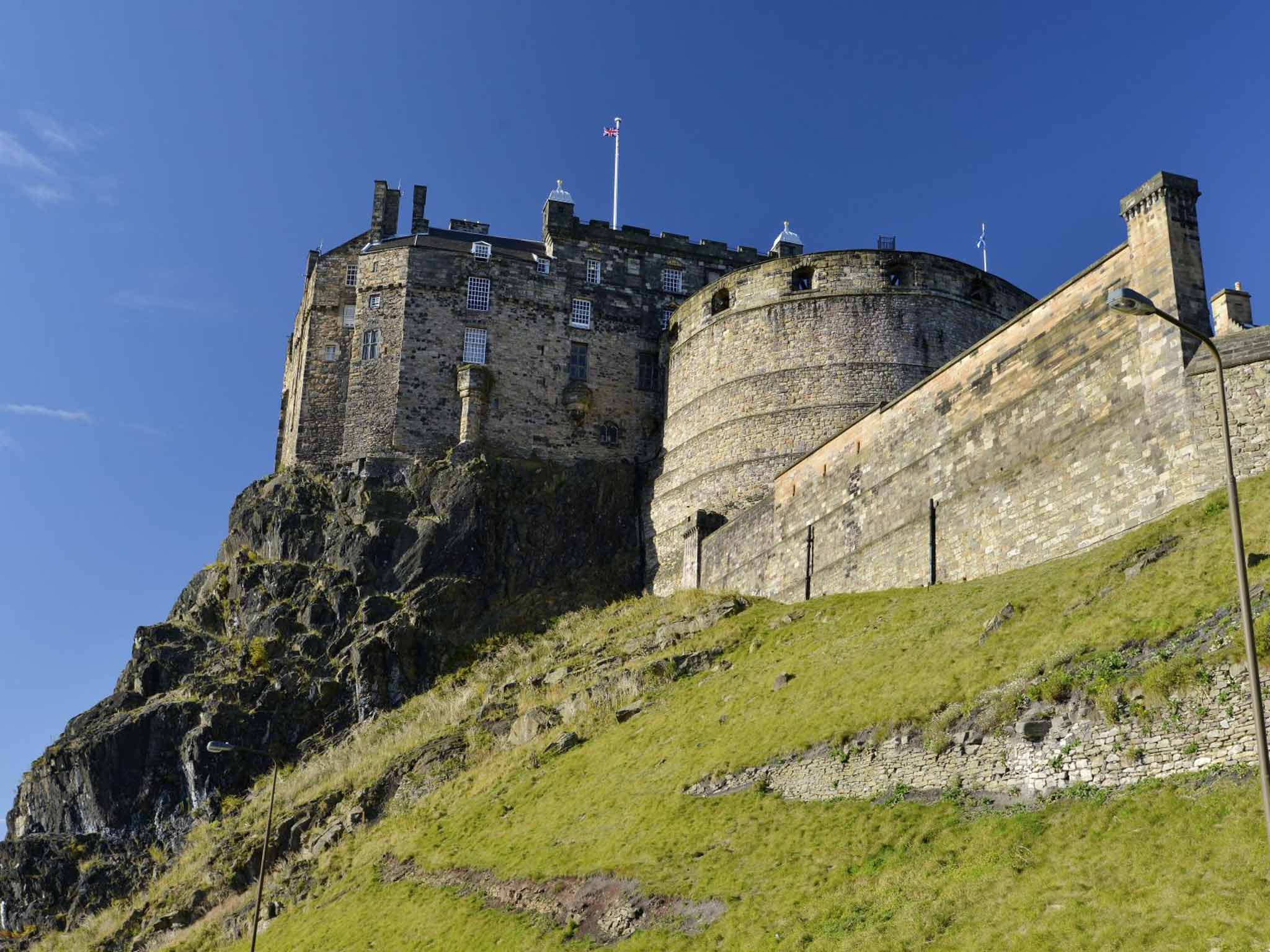
Our summer quest: to find the landmarks that truly define Britain in the 21st century. The appearance of the UK is changing at an unprecedented pace. So The Independent Traveller, along with BA's High Life magazine, asked readers to nominate the structures that most enrich the nation.
We sifted through thousands of votes to come up with a long list of 40 landmarks, which were then presented for consideration by a distinguished panel of judges: Iwona Blazwick, director of London's Whitechapel Gallery; Stephen Hodder, chairman of Hodder Associates and president of the Royal Institute of British Architects (RIBA); Julia Bradbury, broadcaster with the BBC and ITV; architect Will Alsop, who, over the years, has won the Stirling Prize and the Civic Trust Award – twice; and Kerry Smith, editor of High Life.
The venue for judging was equally distinguished, and a landmark for central London: the Hotel Café Royal on Regent Street. Here, modernity and tradition coexist with ease, notably in the beautiful Pompadour Suite which is full of stories, from wartime liaisons to grand ceremonies.
The judges' first task was the most painful – eliminating candidates from the long list. Many cherished landmarks, securing hundreds of public votes, fell to earth. They included the Shard – a public favourite that failed to secure architectural approval. Will said: "I wish that it would just come to a point." While Stephen said his disappointment was at the opposite end: "The way that it meets the ground. I think that all buildings have a responsibility to create the street." One stately home with plenty of public nominations received no support from the judges: Highclere Castle in Hampshire, used as the location for Downton Abbey, was eliminated early on, with Will Alsop saying: "In the programme I almost feel sorry for the family that have to live in it." By contrast Chatsworth in Derbyshire received universal approval.
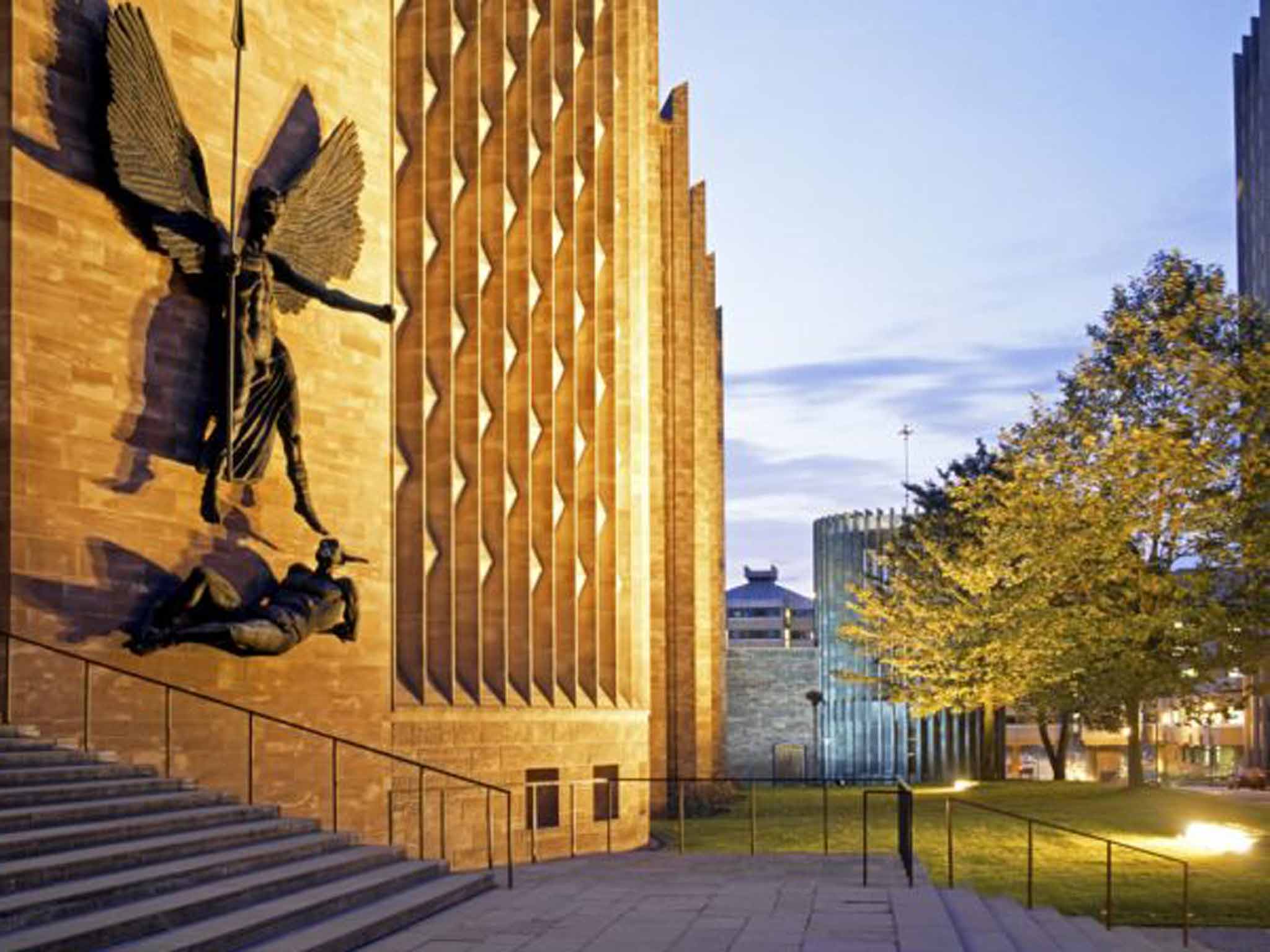
A piece of seaside heritage was recognised in the familiar form of Blackpool Tower. It perches above Britain's most popular seaside resort and includes one of the most beautiful rooms in Britain, the Tower Ballroom. "It represents the age of invention," said Julia. "It opened in 1894 and was designed to put Blackpool on the map, which it did. And it's still a strong focal point."
The majestic form of Edinburgh Castle – Scotland's leading tourist attraction – was a favourite. Iwona said: "It's got this massing of forms the way it rears up out of the rock, I love the colour of the stone, and it's got a tremendous drama about it."
Re-invention has been a key feature of the UK in the past few decades, and two prime examples were added to the list: Tate Modern, filling a former power station on the South Bank of the Thames in London ("A joint celebration of the engineering legacy with 20th and 21st century sculpture," said Iwona), and Albert Dock in Liverpool. The latter was at the root of the city's renaissance. A courtyard of water, surrounded by imperious warehouses, was created at a time when the Mersey city was Britain's busiest port and second only to London in importance within the Empire.
There was much enthusiasm for landmarks born in the first six decades of the 20th century. The 1930s De La Warr Pavilion in Bexhill, East Sussex, was championed by Kerry. "It's a Modernist masterpiece, and I like its dignified restraint," she said.
Stephen proposed the 1950s Lovell Telescope in Cheshire, part of the Jodrell Bank radio astronomy complex – a post-war Grade-I listed structure: "Even today it's the third-largest radio telescope in the world. In terms of its intervention in the Cheshire Plain it's really quite extraordinary – an amazing structure salvaged from bits and pieces from Second World War battleships."
The single category with the largest number of landmarks can be summed up as "21st-century cutting edge" – creations of the past 15 years that dramatically transform the landscape.
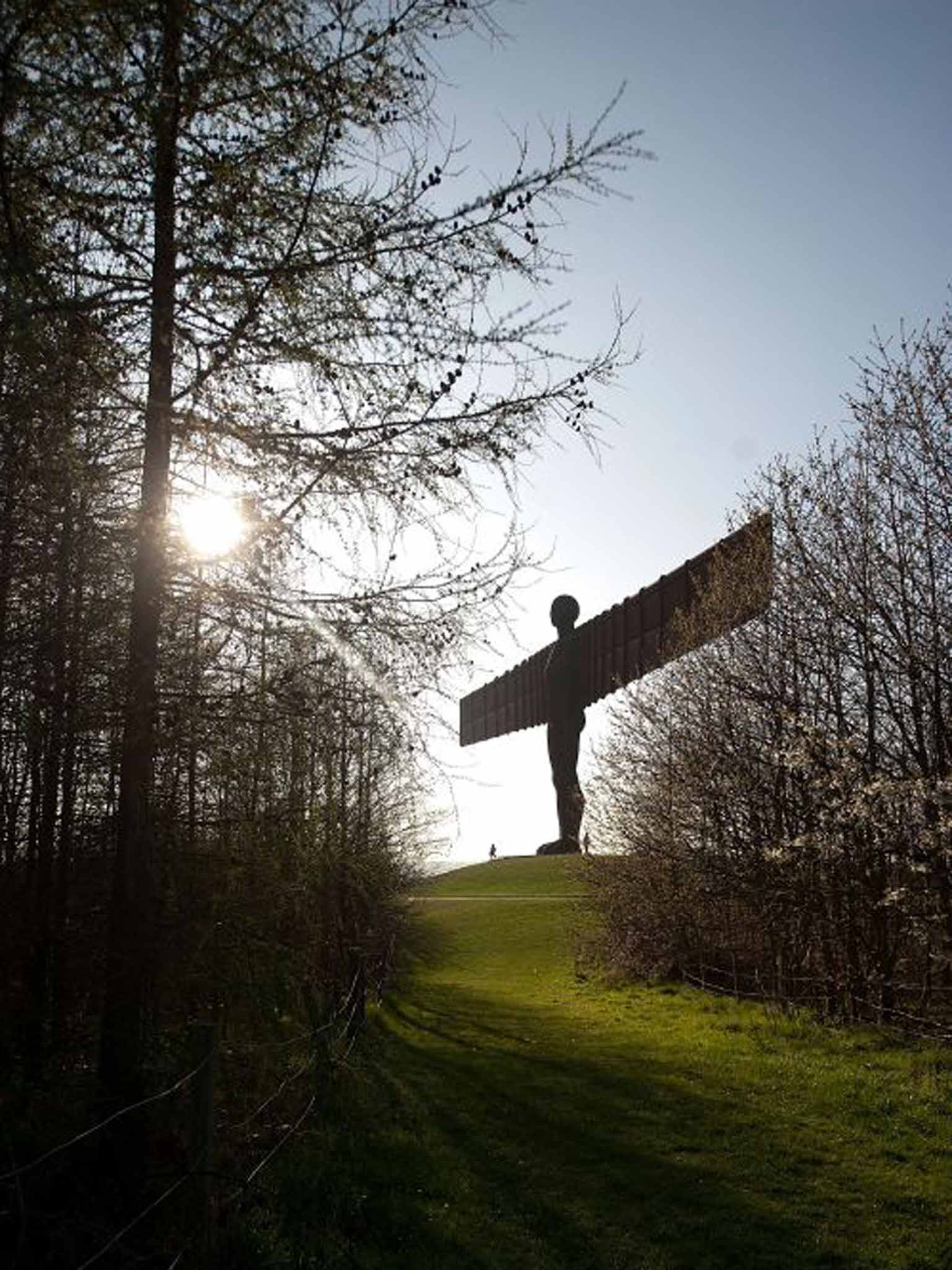
On the Thames, the London Eye only narrowly earned a place, after Will praised the "very clever" engineering and Kerry pointed out: "We shouldn't forget that it attracts three-and-a-half million visitors a year."
Stephen described the Millennium Bridge, which connects two other landmarks, Tate Modern and St Paul's Cathedral, as "beautifully elegant, beautifully detailed".
The shock of the new transmitted well beyond the capital. Four years ago, at a seaside resort on Kent's Isle of Thanet, an art gallery opened on the site of a former guest house – and named for one of the customers of the landlady, Mrs Booth. The town is Margate, the guest was the great landscape artist, J M W Turner, and the gallery is Turner Contemporary. "The architect, David Chipperfield, has built something which pays tribute to Turner himself and puts something on the horizon," said Iwona. "It's a great journey to go inside it. It's transformed Margate."
Transformation also earned acclaim for a department store in Birmingham: Selfridges, resembling a spaceship that has fallen to Earth in the middle of a busy city. Julia said: "I love it as a building, it's an exciting building." Will claimed to have met the man who made the outer cladding for the revolutionary design: "He was a local supplier who said, 'Ooh I loved making all of those dustbin lids'."
The cladding for another landmark earned praise: the Wales Millennium Centre is wrapped in copper oxide-coated sheet steel. Twenty years ago, Cardiff Bay – the waterfront immediately south of the Welsh capital – was the epitome of post-industrial dereliction. Today, it is a vibrant venue for politics, as the home of the Welsh Assembly, and culture, in the monumental shape of the Wales Millennium Centre.
Two modern masterpieces in Northern Ireland made the long list, but the most monumental – Titanic Belfast – was beaten to the final 21 by the Giant's Causeway: not the enchanting natural sculpture of hexagonal basalt blocks, but the new Visitor Centre. Stephen said: "It's a remarkable intervention in the landscape, it's just of its place. It could be nowhere else."
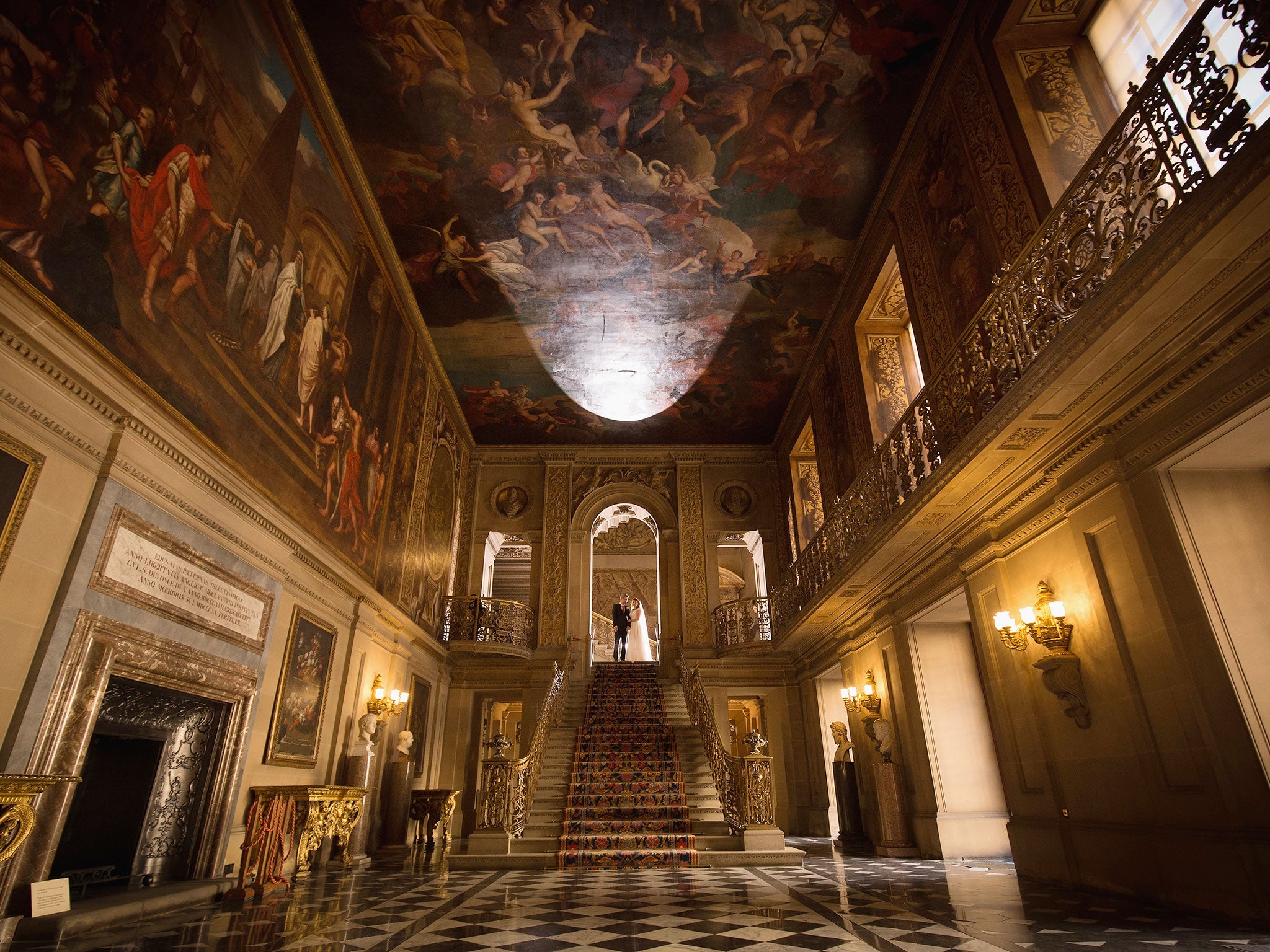
Looking at the spread of public art, northern England is the clear winner. The Singing Ringing Tree, south-east of Burnley, is an elegant steel structure that is part of a sculpture trail in north Lancashire. Stephen said: "This is one part of a sequence of objects. It's just beautifully elegant and it's ingenious and it sings!"
Julia sang the praises of the Grizedale Forest Sculpture Park in the next county north, Cumbria, comprising 40 pieces of art that are juxtaposed with nature and are accessible via a network of bikeways and walkways. "There are some simply wonderful pieces including wind-up clockwork trees. I remember stopping on a bike ride and winding it up, and as you cycle away, you can hear the chimes of the tree as you're heading off in the distance."
The top three landmarks are spread across England. In third place is perhaps the surprise of the entire project: arguably the definitive post-war landmark. Coventry Cathedral was almost completely destroyed by intense Nazi bombing in 1940, and a decade later a competition was launched to rebuild it. The winner, Sir Basil Spence, insisted that the ruins should be left as a garden of remembrance and his elegantly simple design is wonderfully augmented by art, including a vast tapestry by Graham Sutherland and a sculpture by Sir Jacob Epstein decorating the exterior.
"I was born and raised in Northampton," said Will, who championed the cathedral. "I remember my parents saying that when Coventry was bombed in the war, you could see it from Northampton. I think what Basil Spence has achieved is a marvellous example of integration between art and architecture."
In second place is a landmark that has become an essential punctuation for anyone travelling the main east-coast route between the English and Scottish capitals: the Angel of the North.
Sir Antony Gormley's celebrated sculpture, a figure whose wings extend almost as wide as a Boeing 747, is now a familiar piece of public art that extends a welcome to travellers and transforms the landscape – one of the world's friendliest landmarks of the 21st century.
However, the winner by the narrowest margin, was a transformation; from one of Cornwall's disused China clay pits to a 21st-century global garden. Since 2001, The Eden Project has turned an ugly, neglected industrial scar into the West Country's biggest tourist attraction. Imagination and investment were deployed to create a series of domes (known as "biomes") that look like they've been lifted from the pages of a science fiction comic but deliver environments from the driest desert to the steamiest rainforest. They reveal the intricacy and fragility of Earth – and make up the greatest British landmark of the 21st century.
21 landmarks for the 21st century
The top three
United Kingdom
1 Eden Project.
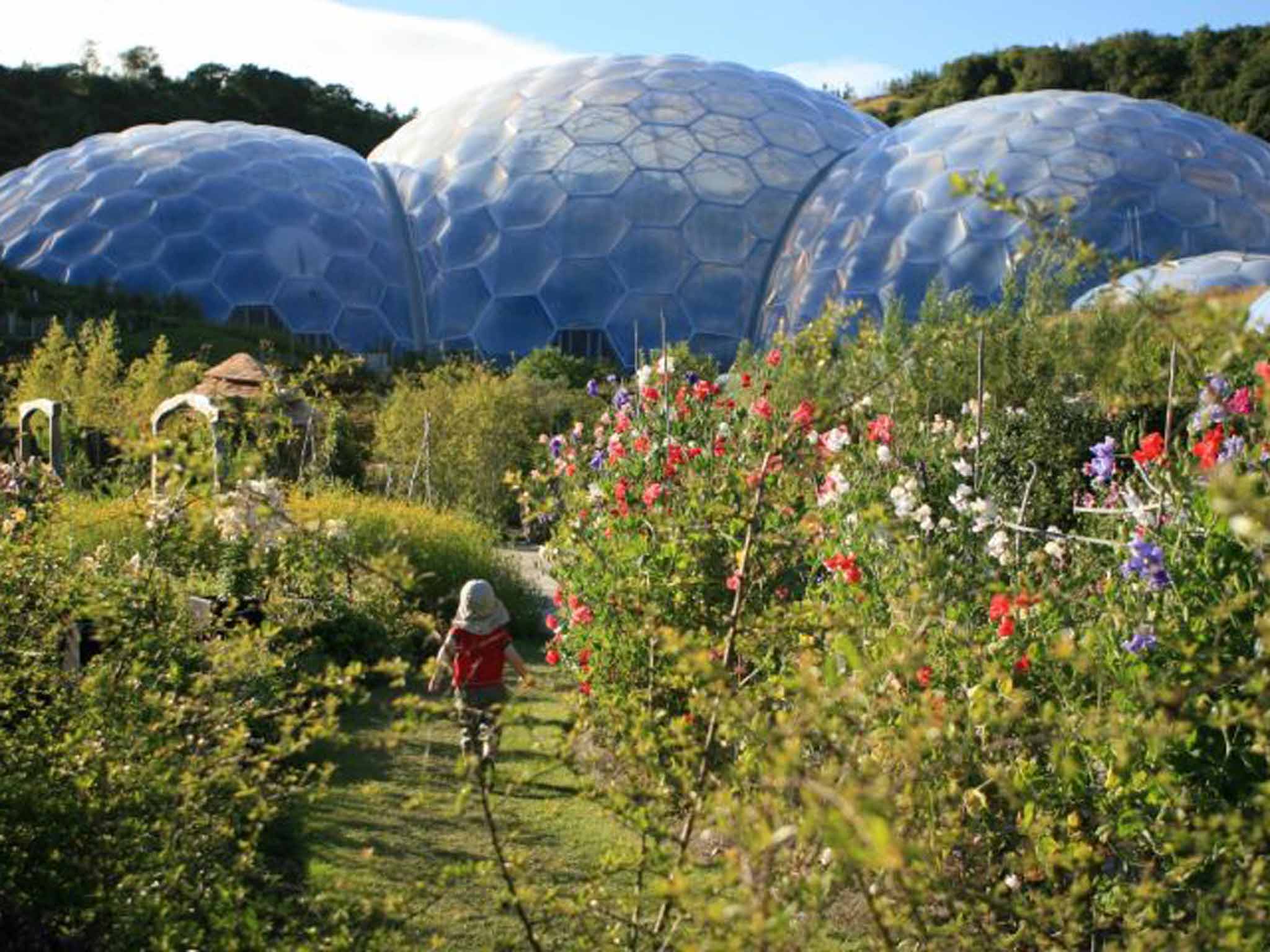
2 Angel of the North.
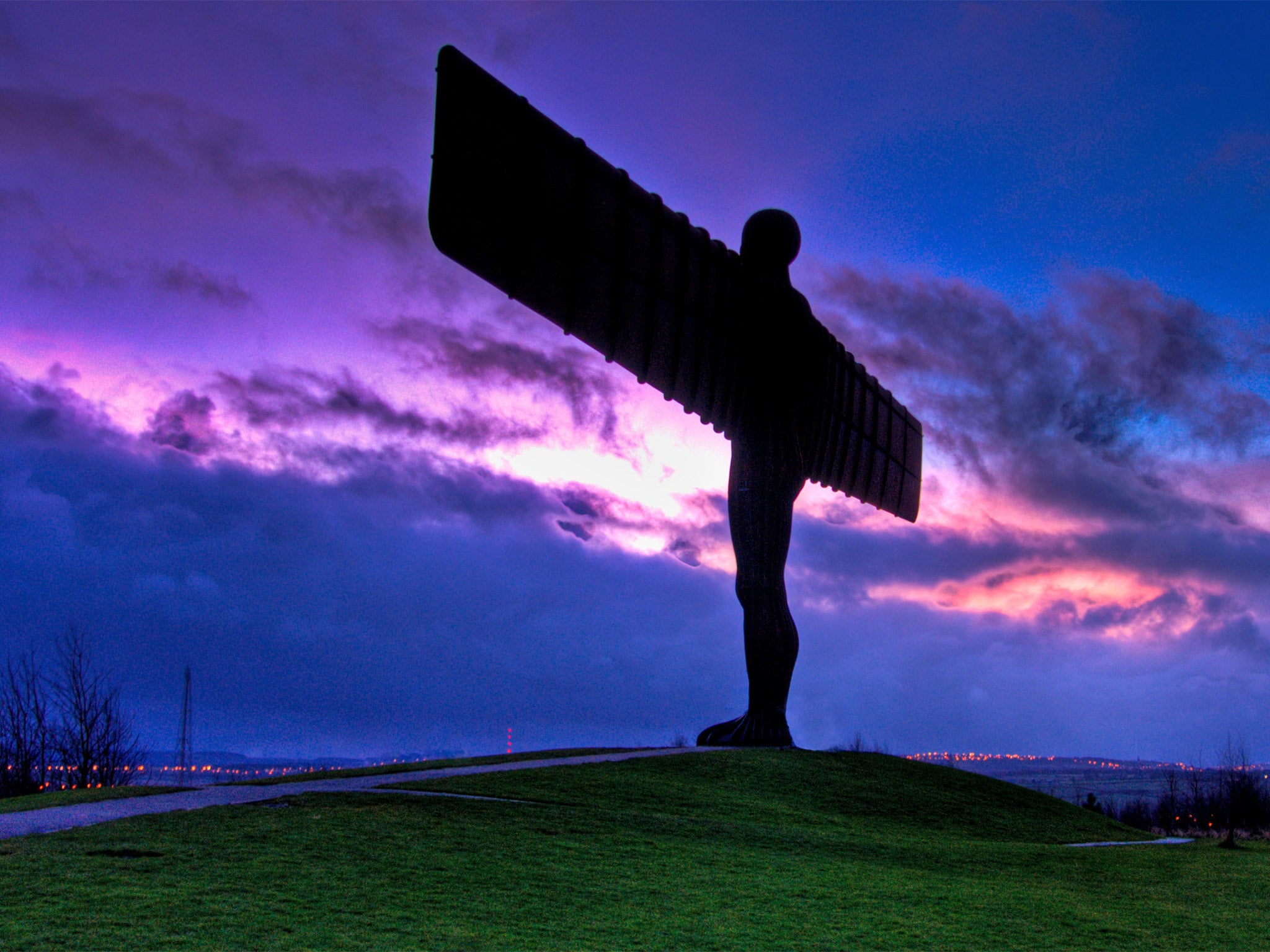
3 Coventry Cathedral.

The remaining 18:
London
* London Eye
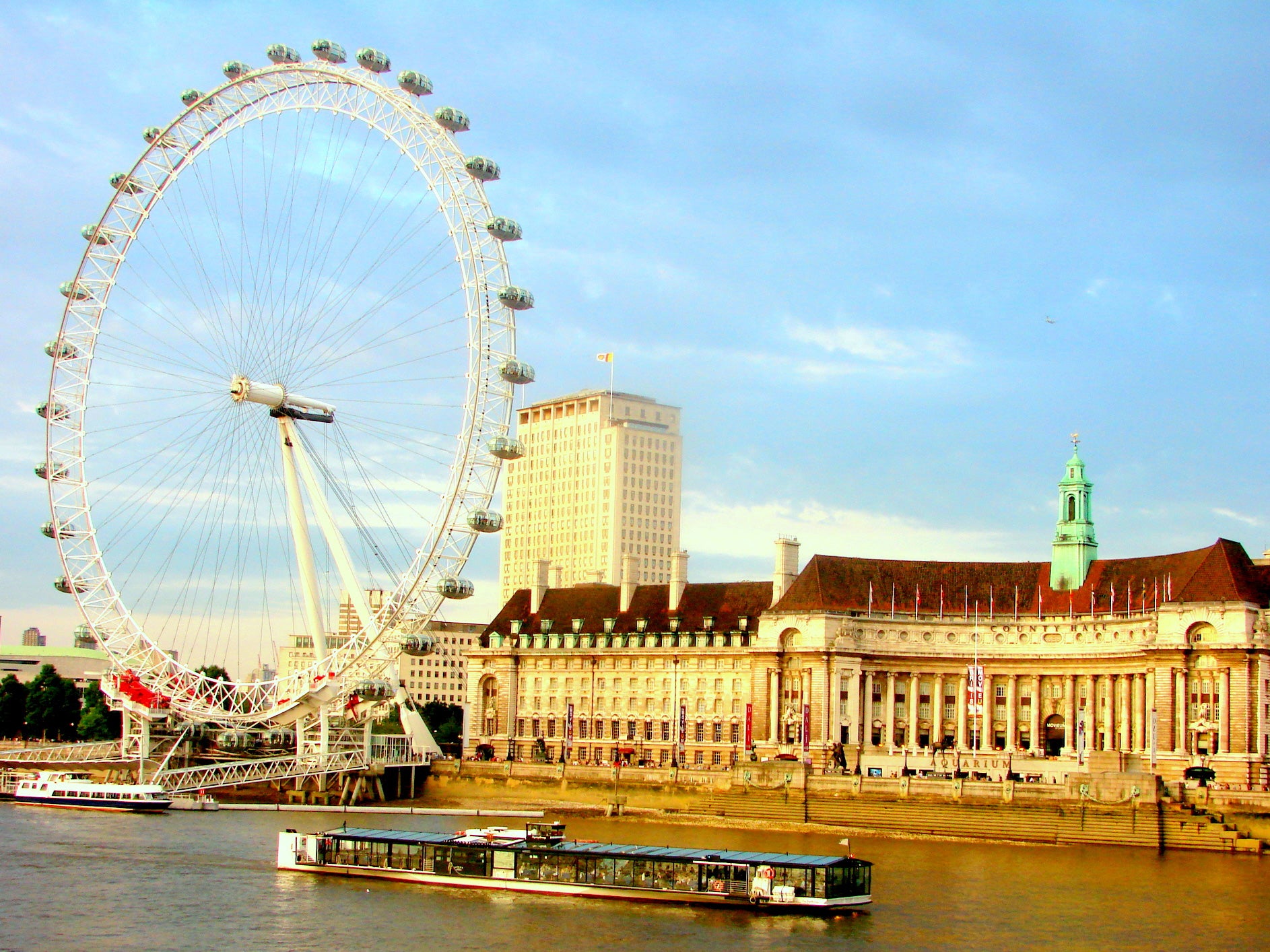
* Millennium Bridge

* St Paul's Cathedral
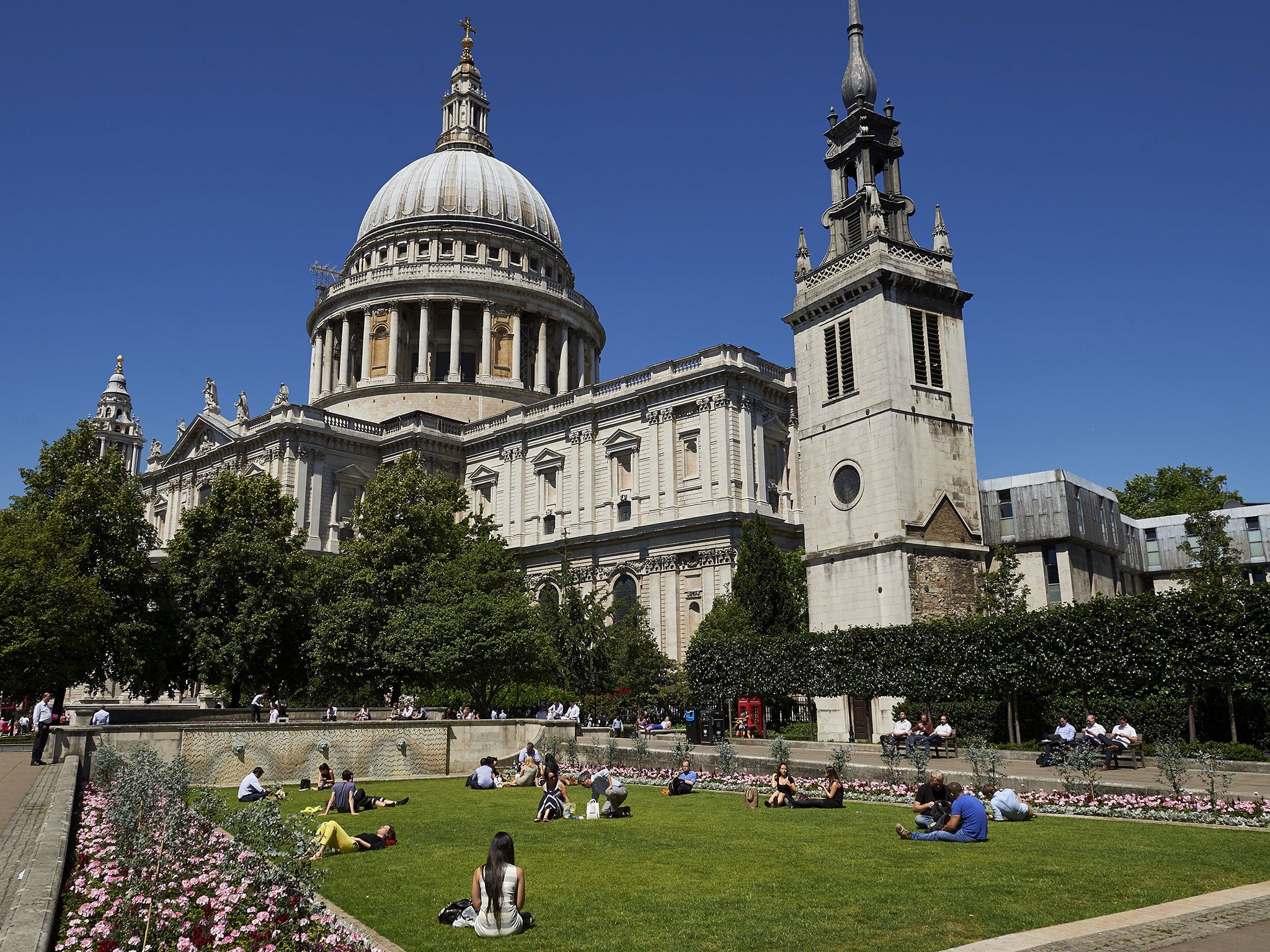
* Tate Modern
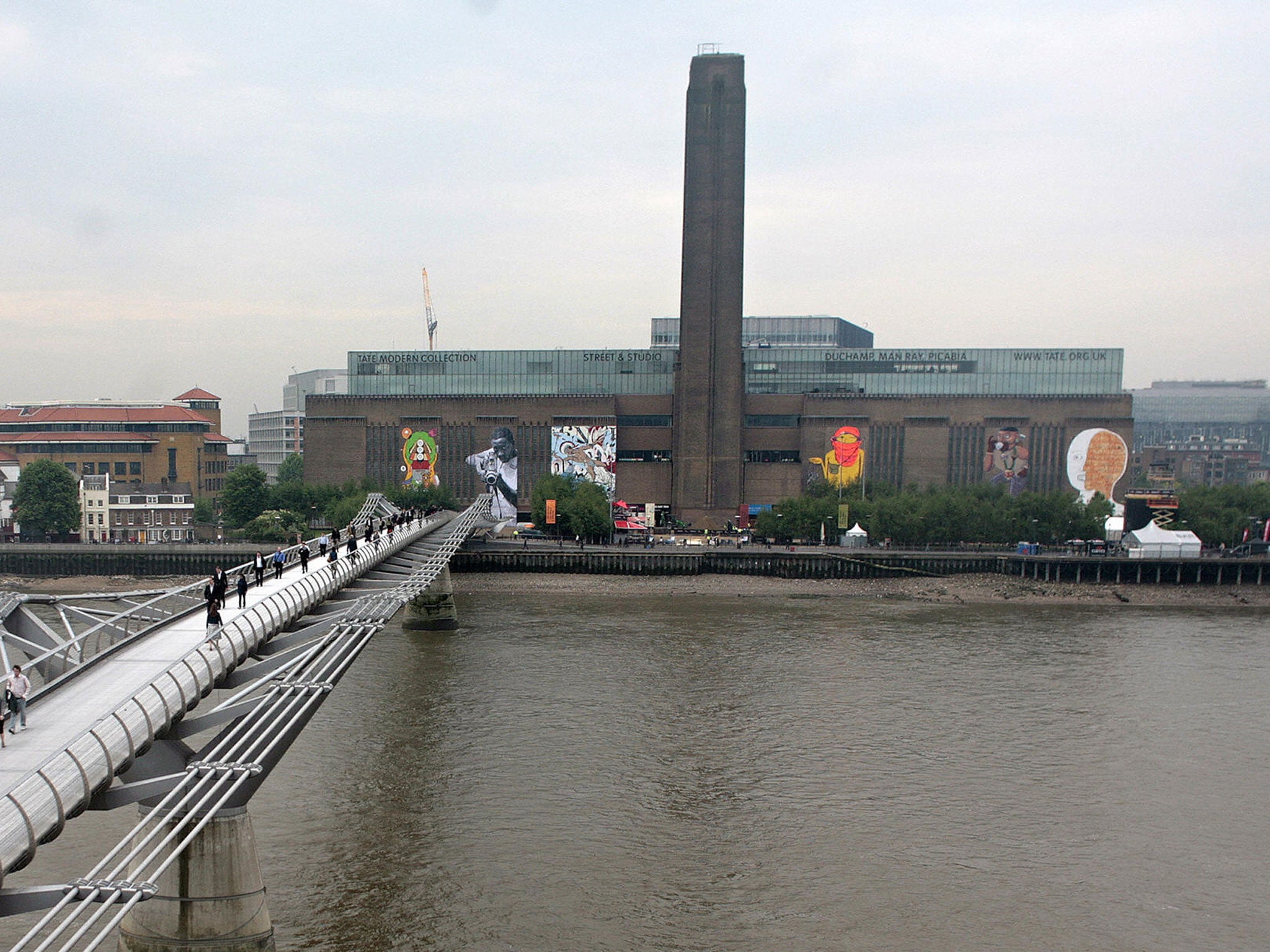
* Whitechapel Gallery
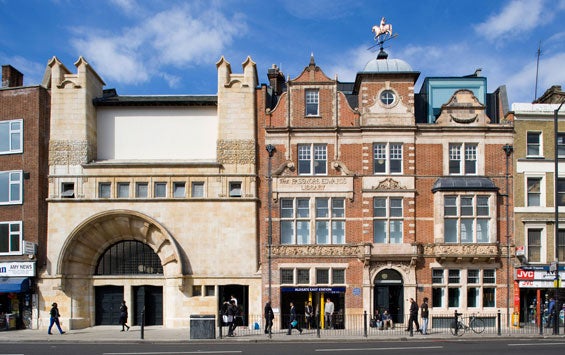
The South-east
* De La Warr Pavilion, Bexhill-on-Sea
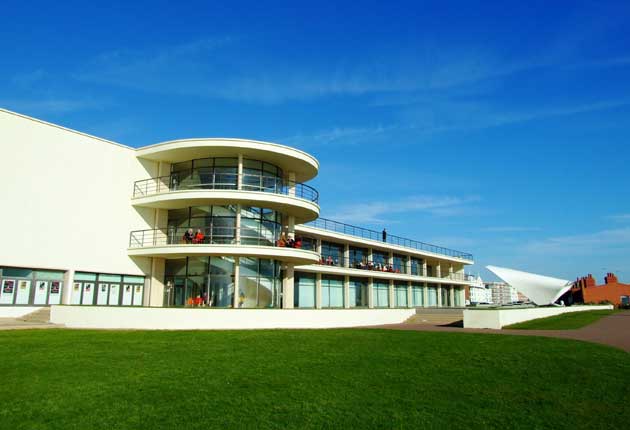
* Turner Contemporary, Margate
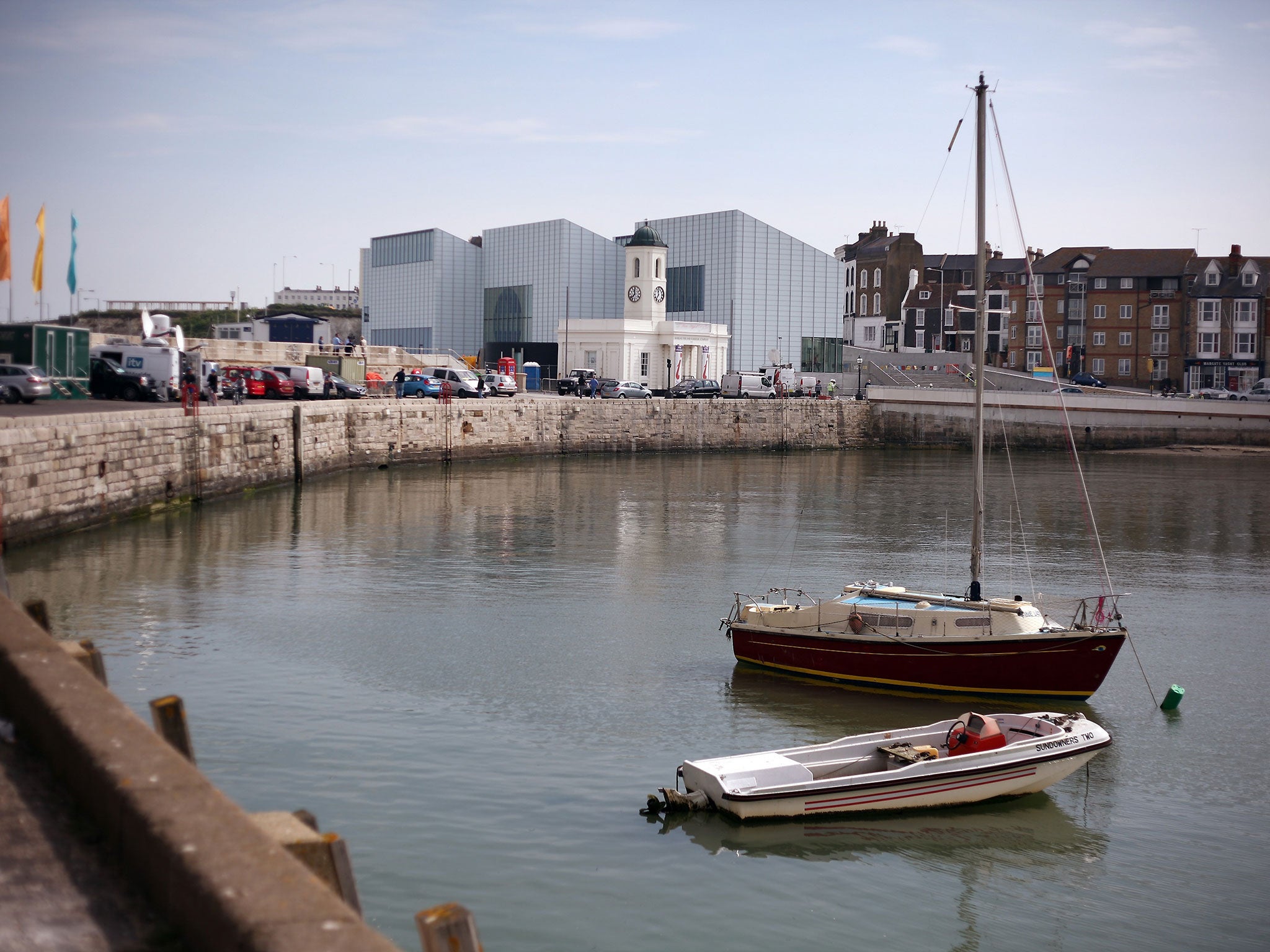
Eastern England
* Lincoln Cathedral
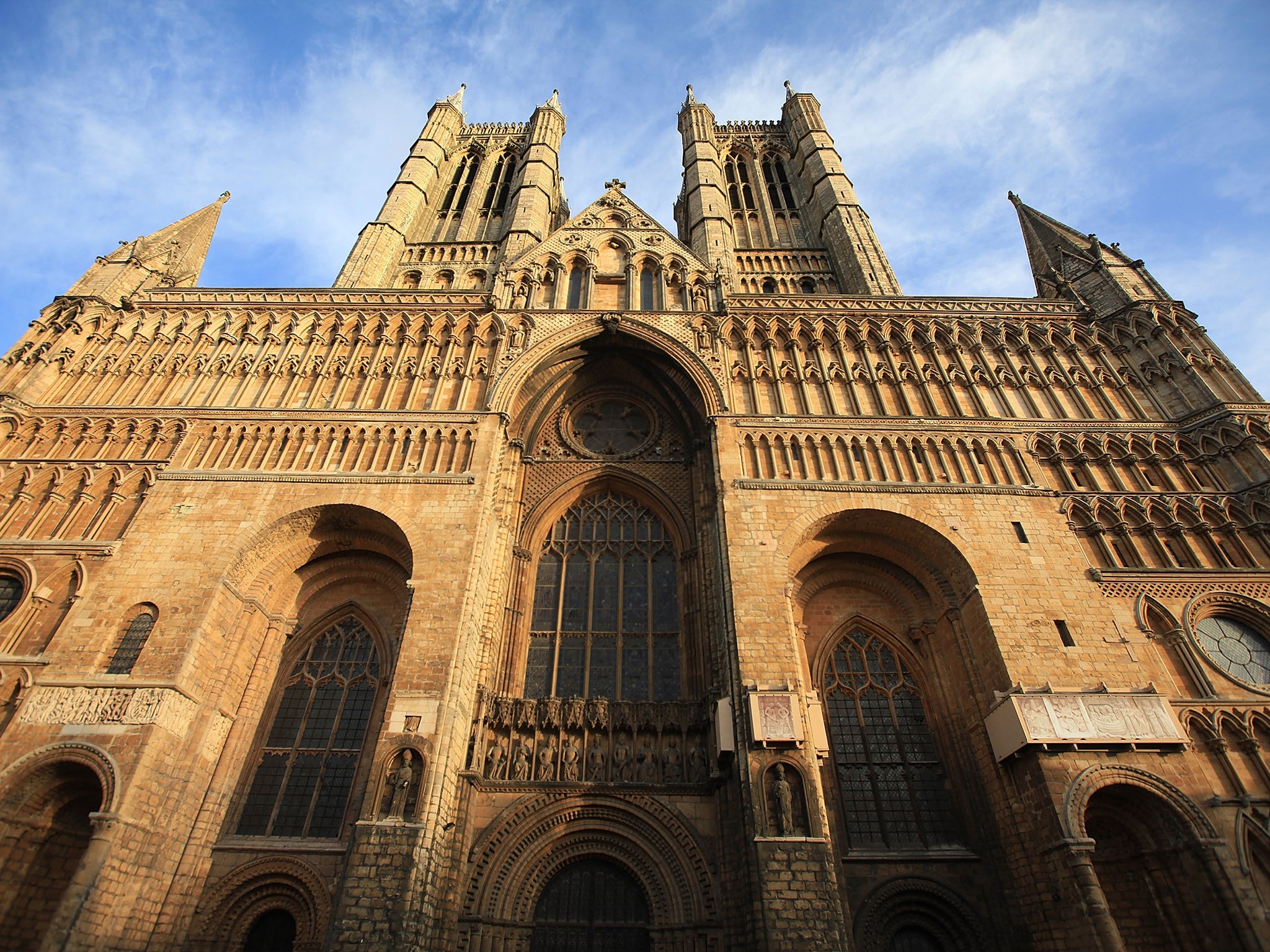
The Midlands
* Selfridges, Birmingham
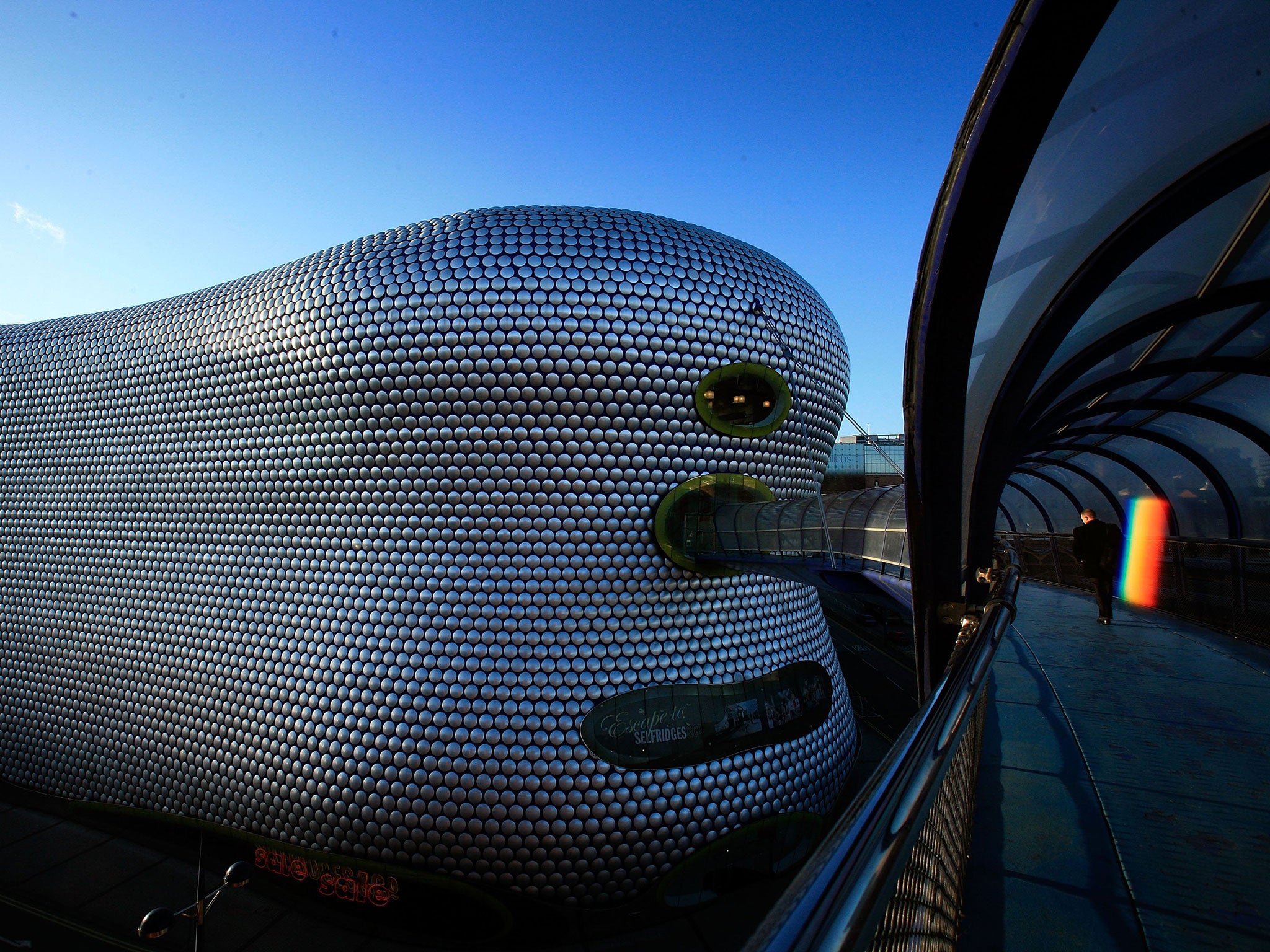
* Chatsworth, Derbyshire

The North-west
* Lovell Telescope, Jodrell Bank, Cheshire
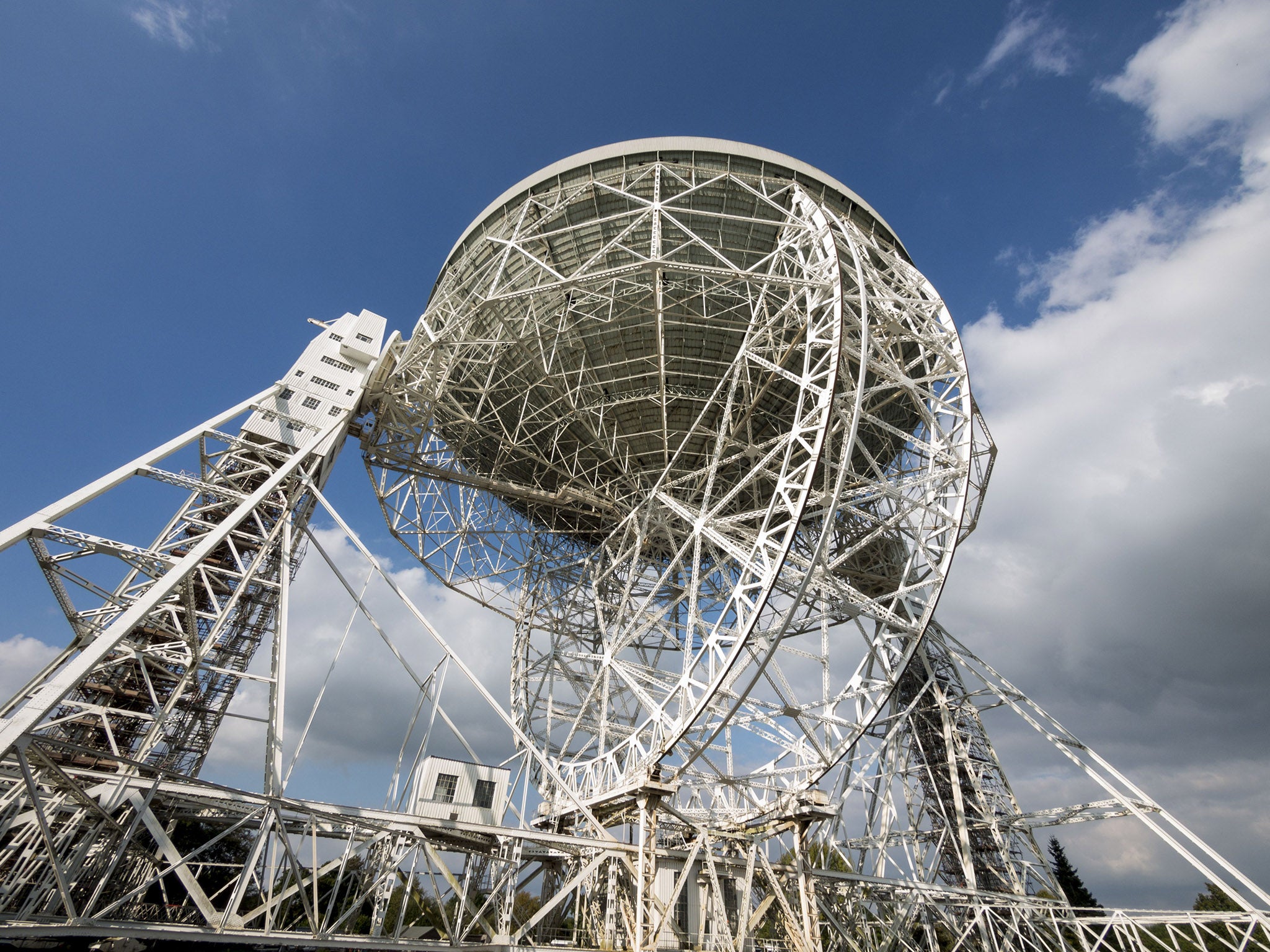
* Grizedale Forest Sculptures, Cumbria
* 'Singing Ringing Tree', Burnley
* Albert Dock, Liverpool

* Blackpool Tower

Wales
* Wales Millennium Centre, Cardiff
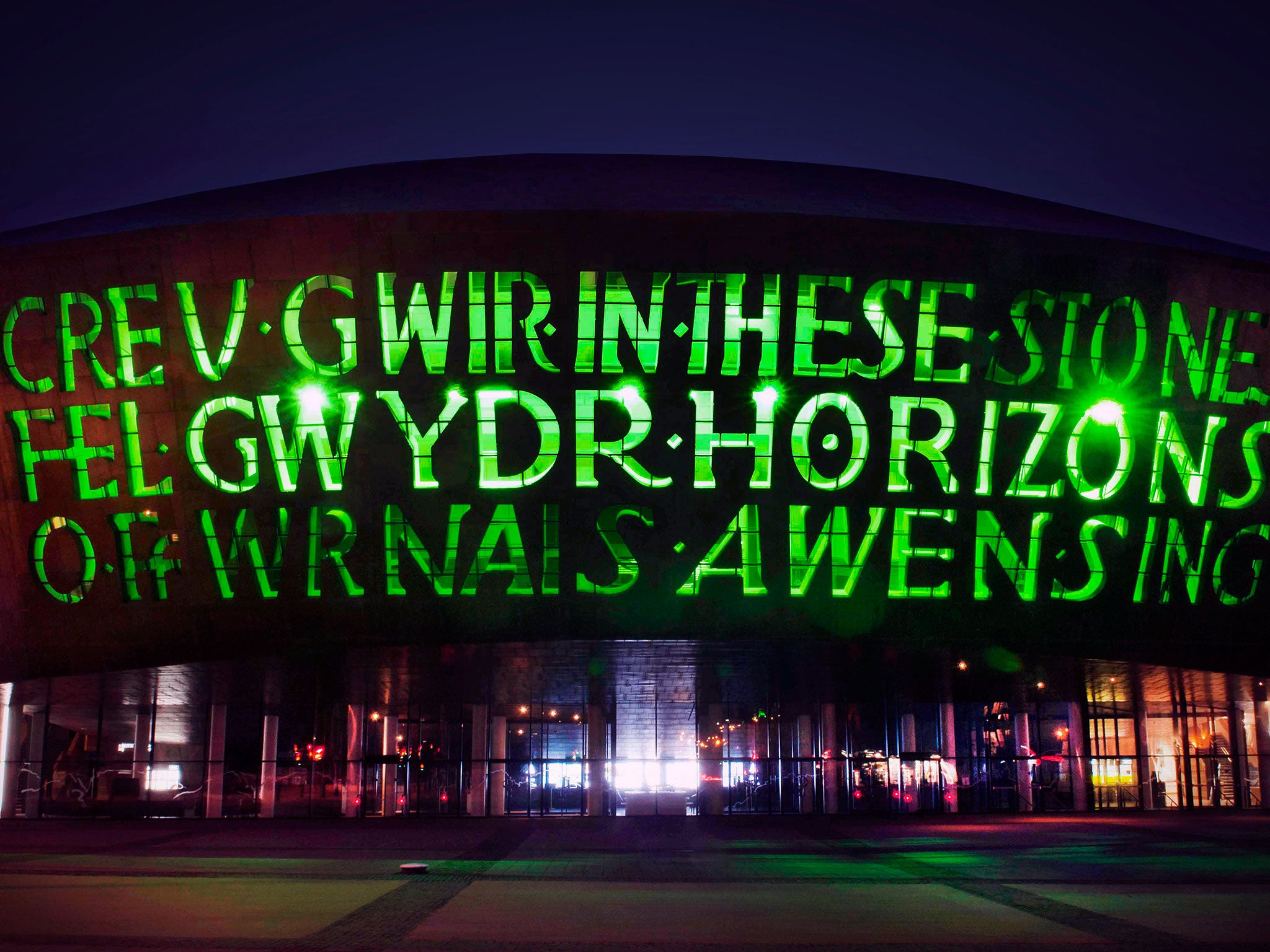
Scotland
* Edinburgh Castle

Northern Ireland
* Visitor Centre, Giant's Causeway
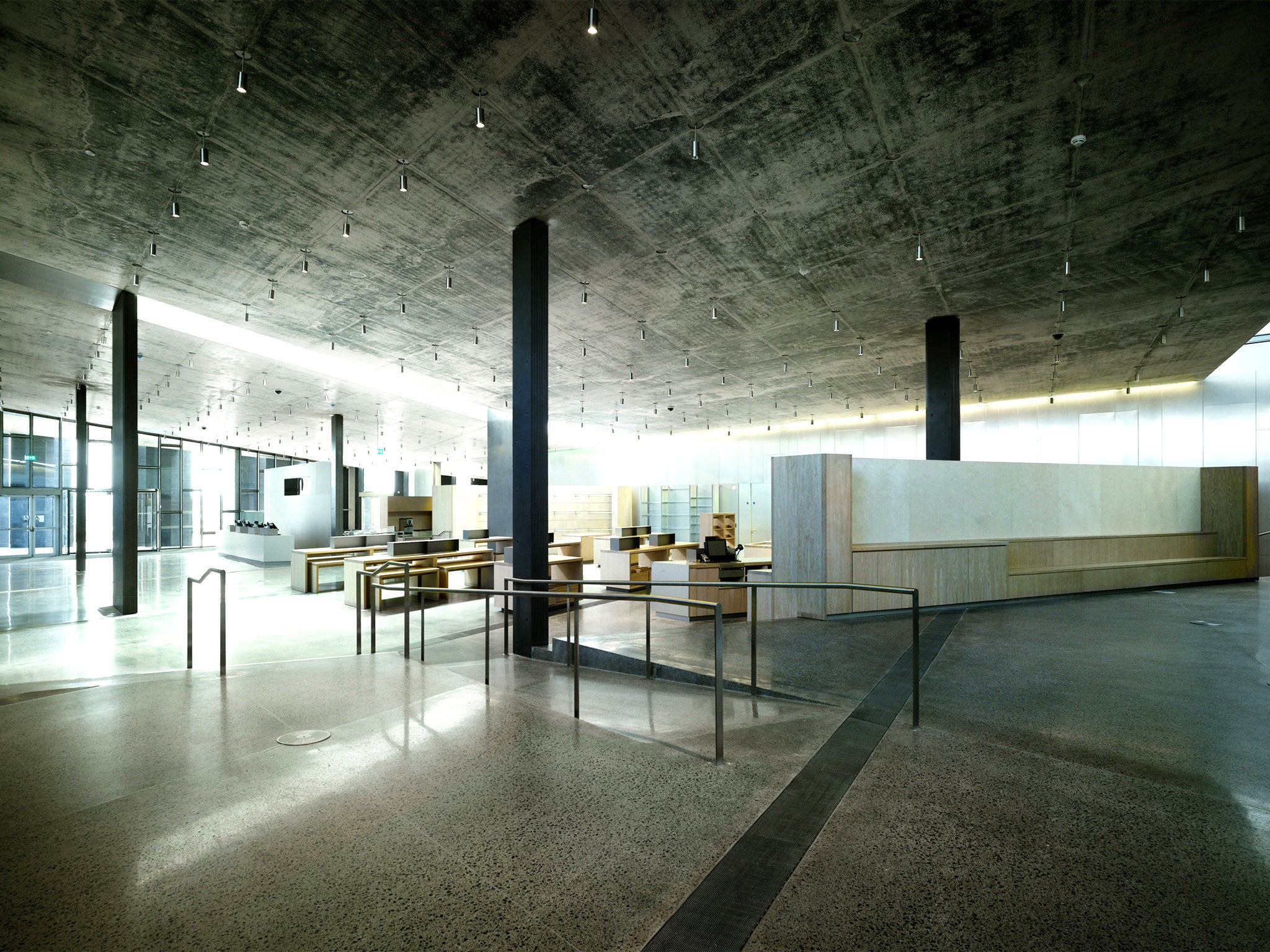
Click here to view UK Tours and Holidays, with Independent Holidays.
Join our commenting forum
Join thought-provoking conversations, follow other Independent readers and see their replies
Comments
Bookmark popover
Removed from bookmarks